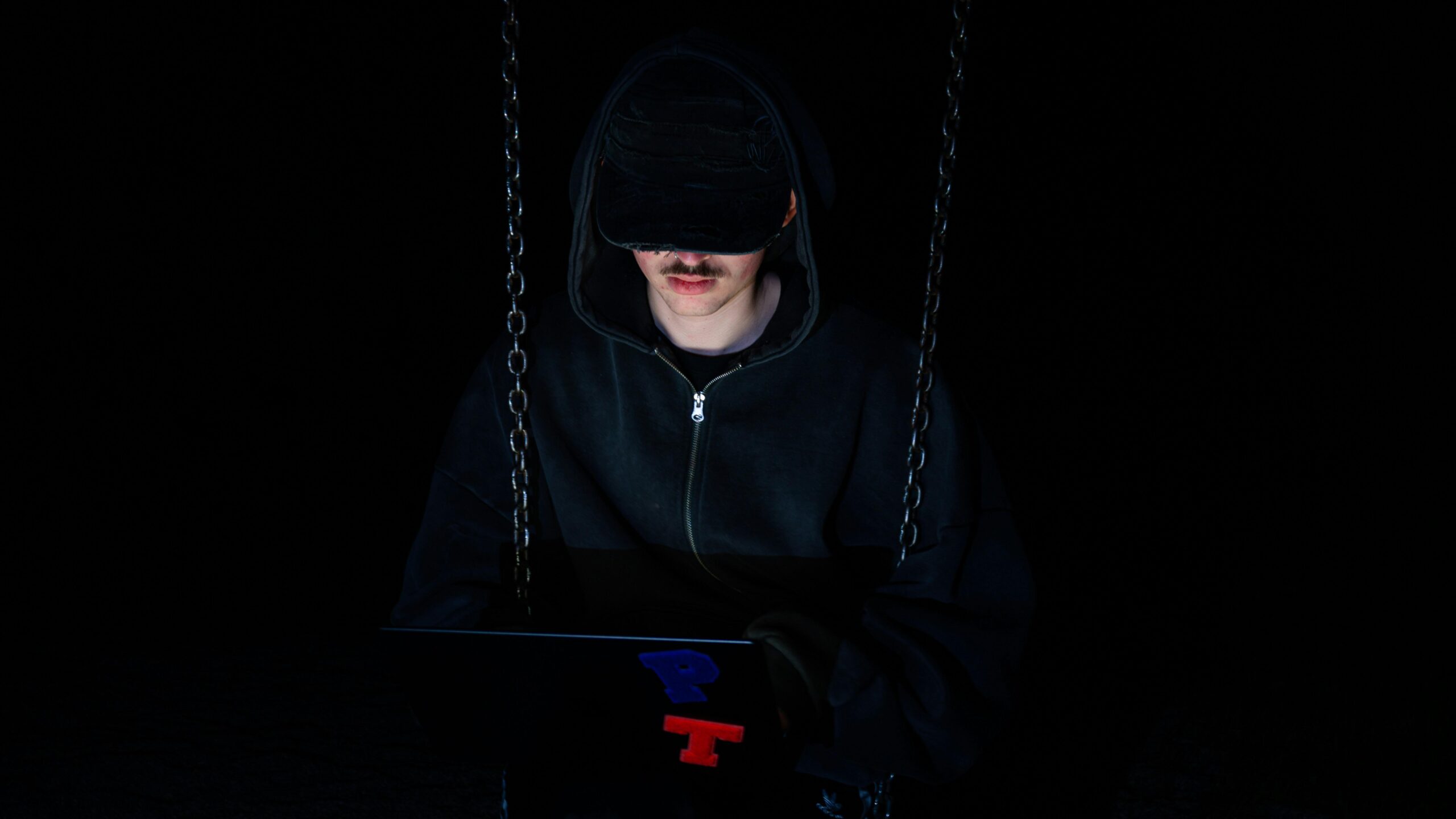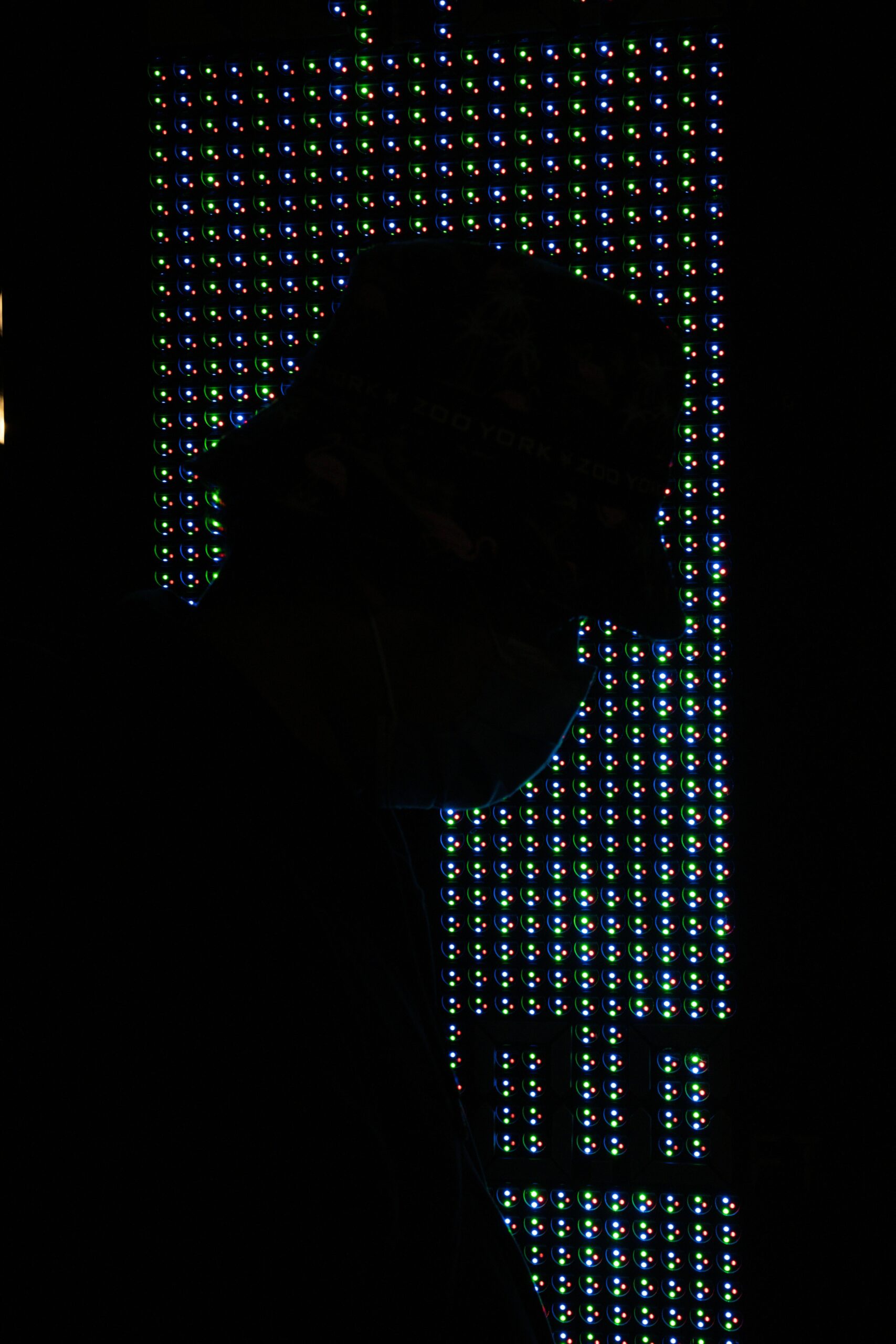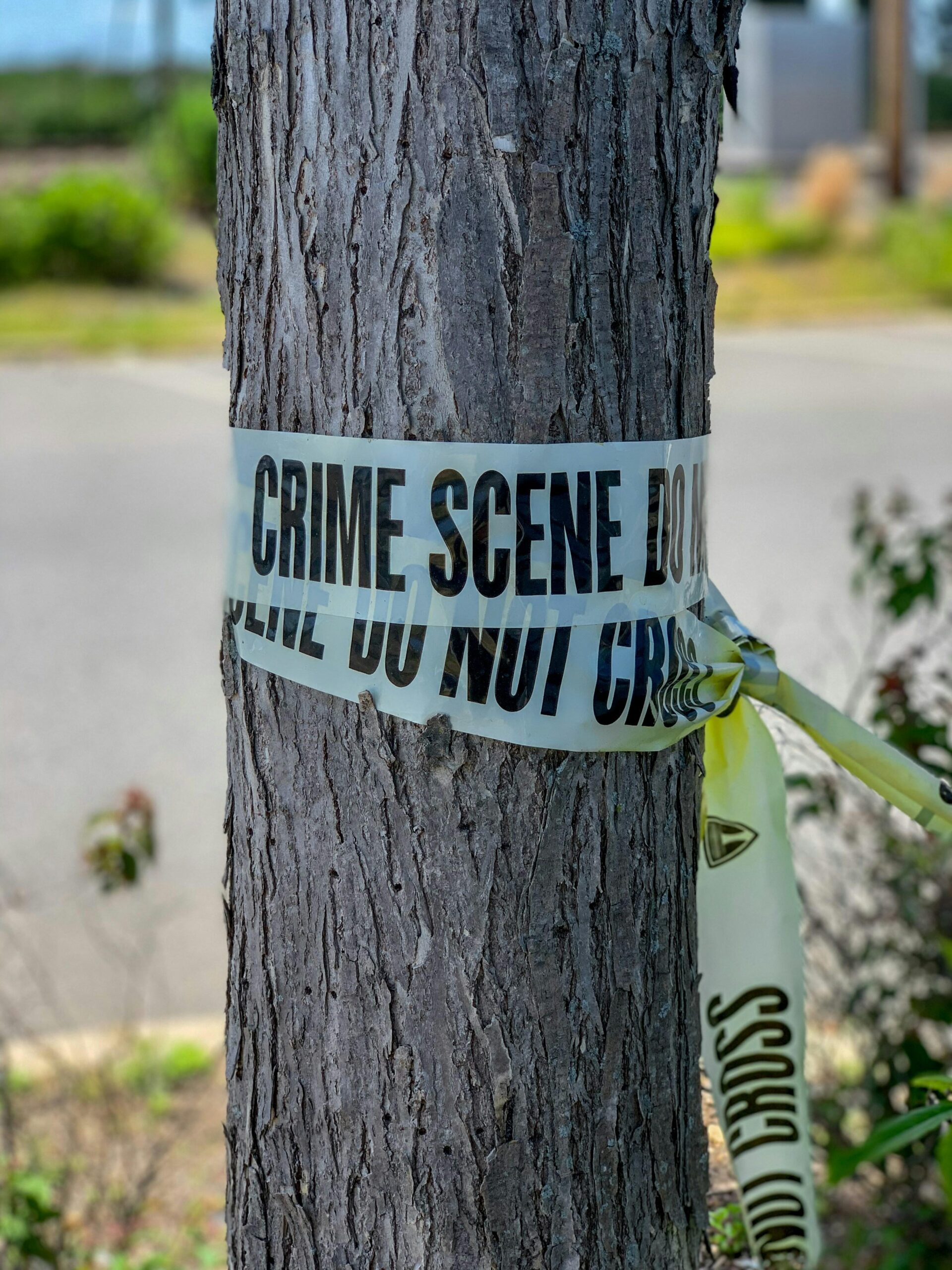Ever wondered how a few choice words can unravel the truth behind a crime? Enter forensic linguistics—a fascinating field where language becomes a powerful detective’s tool. From decoding ransom notes to uncovering the identity of anonymous threats, forensic linguists analyze every syllable and sentence structure to crack cases wide open. Join us as we dive into the intriguing world of forensic linguistics and discover how the subtle nuances of language help bring justice to life.
Table of Contents
- Understanding the Role of Forensic Linguistics in Solving Criminal Cases
- Decoding Language Patterns to Identify Suspects and Victims
- Uncovering Hidden Clues Through Speech and Text Analysis
- Practical Tips for Law Enforcement to Harness Linguistic Expertise
- The Conclusion
Understanding the Role of Forensic Linguistics in Solving Criminal Cases
When words become evidence, forensic linguistics steps in as a powerful tool to unmask hidden truths. By meticulously analyzing language patterns, syntax, and semantics, experts can reveal clues that go beyond what meets the eye. From deciphering anonymous letters to tracing the authorship of threatening emails, this discipline transforms ordinary text into a forensic treasure trove. It’s not just about what is said, but how it’s said, with subtle linguistic fingerprints acting like fingerprints on a crime scene.
Forensic linguistics employs a fascinating array of techniques, such as:
- Stylistic analysis: Examining unique writing habits to identify or exclude suspects.
- Discourse analysis: Interpreting the context and structure of communication to reveal intent.
- Forensic phonetics: Analyzing speech patterns to verify the authenticity of voice recordings.
By decoding the language entangling a case, forensic linguistics provides law enforcement with critical insights, often turning linguistic puzzles into breakthrough evidence that can sway judicial outcomes.
Decoding Language Patterns to Identify Suspects and Victims
Every word we choose reveals more than just meaning—it uncovers unique linguistic fingerprints. Forensic linguists meticulously analyze speech patterns, syntax, and vocabulary to build profiles that can distinguish between suspects and victims. Subtle variations such as dialect, slang, and even grammar errors become vital clues, shedding light on a person’s background, education, and emotional state at the moment of communication. By decoding these invisible markers, investigators can map connections that might otherwise remain hidden in the chaos of a crime.
Diving deeper, experts look for:
- Idiolects: the distinct way an individual uses language, which serves as a linguistic signature.
- Code-switching: shifts between languages or dialects that reveal social ties or stress.
- Discourse patterns: how narratives are structured to detect deception or trauma.
Through these linguistic lenses, the murky lines between suspect and victim blur, offering a clearer narrative that supports justice. Language becomes not just a tool of communication, but a forensic instrument unraveling the human story behind the crime.
Uncovering Hidden Clues Through Speech and Text Analysis
Forensic linguists dive deep into the subtleties of language, peeling back layers of communication to reveal evidence often missed by conventional investigation methods. By meticulously analyzing speech patterns, word choices, and syntactic structures, they can identify inconsistencies, detect deception, and even narrow down suspects based on their linguistic fingerprint. This approach transcends the spoken word, encompassing emails, social media messages, ransom notes, and more, turning everyday language into a powerful forensic tool.
Some compelling techniques include:
- Discourse analysis: Examining how conversations are structured to expose hidden meanings or manipulative tactics.
- Authorship attribution: Pinpointing the likely author by comparing writing styles and vocabulary preferences.
- Phonetic analysis: Scrutinizing voice recordings to identify regional accents or emotional states that betray lies.
- Keyword extraction: Highlighting critical terms that signal intent or associations within texts.
Practical Tips for Law Enforcement to Harness Linguistic Expertise
Embrace multidisciplinary collaboration by integrating linguistic experts early in investigations. Their ability to dissect language nuances—be it syntax, semantics, or pragmatics—offers invaluable clues that might elude traditional forensic methods. Encourage law enforcement teams to attend workshops or seminars focused on forensic linguistics to develop a foundational understanding, boosting their confidence in recognizing linguistic evidence during interrogations, threat analysis, or digital communication reviews.
- Record and transcribe interviews meticulously, preserving the exact wording and intonation.
- Use linguistic profiling to narrow down suspects based on dialect, vocabulary, or writing style.
- Analyze digital messages for hidden patterns or coded language.
- Collaborate with linguists to create detailed reports supporting legal proceedings.
Linguistic expertise acts as a bridge connecting the subtle art of language with the precision of law enforcement. By cultivating this symbiotic relationship, officers can uncover layers of meaning often masked beneath the surface of words. Developing a keen eye for linguistic inconsistencies or unique verbal signatures transforms investigative work into a refined science, where every utterance holds potential evidence waiting to be decoded.
The Conclusion
As we peel back the layers of language, forensic linguistics reveals itself as a fascinating key to unlocking mysteries that words alone might conceal. From uncovering hidden meanings to tracing the origins of anonymous threats, this unique blend of language and law opens new doors in the quest for justice. So next time you read a cryptic message or hear a suspicious statement, remember: within those words could lie the clues that crack the case wide open. Who knew that the art of language could be such a powerful detective? Stay curious, because in the realm of forensic linguistics, every sentence has a story waiting to be told.












